| Part Code | K20A |
| SKU | 01098 |
| Brand | Honda |
| Number of Cylinders | 4 |
| Engine Size | 2.0 |
| Mileage | 59K |
| Type | Engine |
| OE/OEM Part Number | JDM |
| Country/Region of Manufacture | JAPAN |
| Warranty | 90 Days |
| Parts Inculded | 1 – Complete Engine as Pictured |
| Modification Notes | Use as long block and keep all your accessories (Intake, Exhaust Manifolds, ALT, PS, AC, etc.) |
Understanding the K20A and K20Z3 Engine Specifications:
The Honda Civic Si produced between 2006 and 2011 is renowned for its performance, largely due to its K20A engine, which offers an impressive balance of power and efficiency. The K20A engine features a displacement of 2.0 liters, producing an admirable 197 horsepower at 7,800 rpm and peak torque of 139 lb-ft at 6,100 rpm. This inline-four engine is characterized by its VTEC (Variable Valve Timing and Lift Electronic Control) system that enhances performance, particularly in higher RPM ranges, providing the Civic Si with both sporty acceleration and responsive handling.
When considering a replacement, the K20Z3 engine emerges as a viable option. This engine, commonly found in models like the Acura RSX, also boasts a displacement of 2.0 liters. However, it slightly varies in performance metrics, delivering around 155 horsepower and 139 lb-ft of torque. While this may seem like a reduction in power, the K20Z3 features robust design elements that can be beneficial for different applications. It is crucial to note that while both engines share a similar architecture, the K20A is typically preferred for those targeting maximum performance in their Honda Civic Si.
An essential feature of the K20A is its RBC-1 intake manifold, which significantly enhances airflow, promoting better engine response and performance. This intake manifold sets the K20A apart and is a preferred choice for enthusiasts considering an engine swap. In comparison, several aftermarket options exist; however, the RBC-1 often maintains better performance consistency. Overall, the K20A and K20Z3 engines represent significant choices when contemplating an engine replacement, with specific advantages tailored to driver preferences in performance and functionality.
The Replacement Process: Key Steps and Considerations:
The replacement of the K20A engine with the K20Z3 engine in the 2006-2011 Honda Civic Si is a multifaceted process that requires careful planning and execution. The initial phase involves preparation, where it is crucial to gather all necessary tools and parts prior to beginning the operation. Essential tools include wrenches, ratchets, and engine hoists, while parts may consist of the new engine, gaskets, fluids, and various sensors. Adequate preparation ensures a smoother workflow during the replacement.
Safety precautions are paramount when undertaking this type of mechanical work. Users should wear safety goggles and gloves to protect against debris and sharp objects. It is also vital to work in a well-ventilated area and follow all manufacturer specifications when handling the components. Having a reliable workspace, equipped with proper lighting and sufficient space for tools and parts, can significantly minimize risks during the engine replacement.
Once preparation is complete, the process transitions to the removal of the old engine. This includes disconnecting the battery, draining fluids, and detaching various components such as the intake manifold, exhaust manifold, and electrical connections. It is important to document the location of each disconnected wire or hose to facilitate reinstallation. Following the removal, modifications may be necessary to ensure the new K20Z3 engine fits properly in the Civic Si’s engine bay; this can involve altering mounts or adapting wiring harnesses.
After successfully installing the K20Z3 engine, the next steps involve post-installation procedures. Testing the engine for performance and functionality is recommended; this may include checking for leaks, monitoring fluid levels, and conducting a test drive. Observing the behavior of the vehicle during the test run can help identify potential issues. Troubleshooting guidelines can also assist in addressing common problems such as unusual noises or warning lights, ensuring the vehicle operates optimally following the engine replacement.


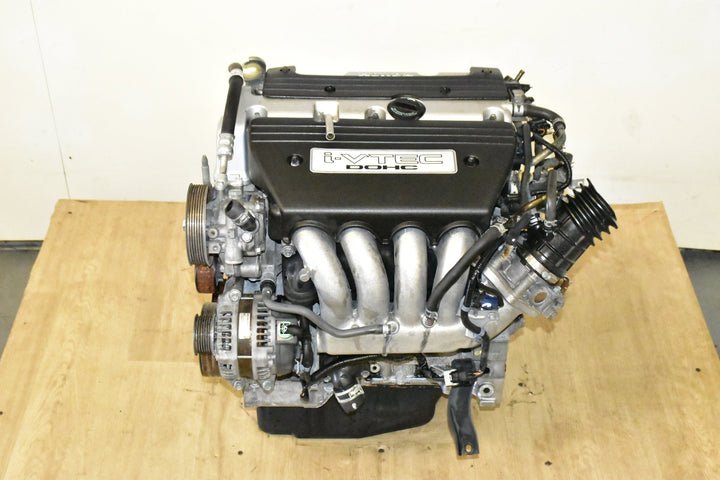
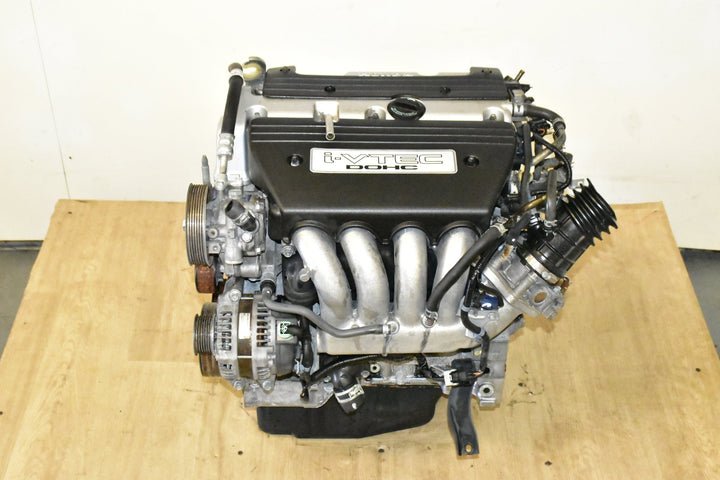
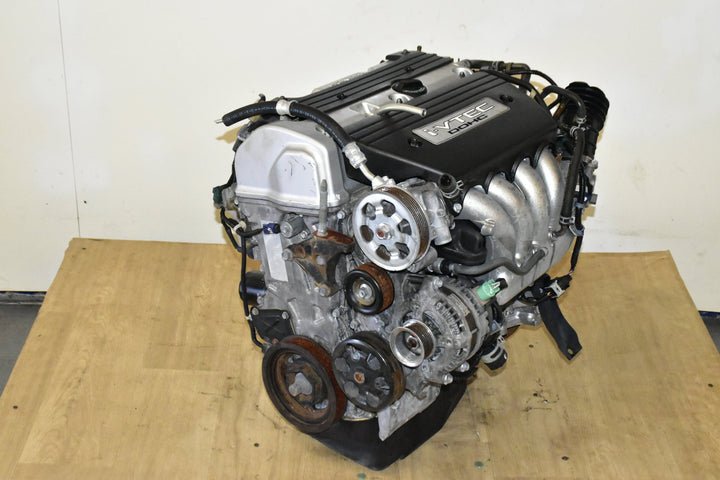
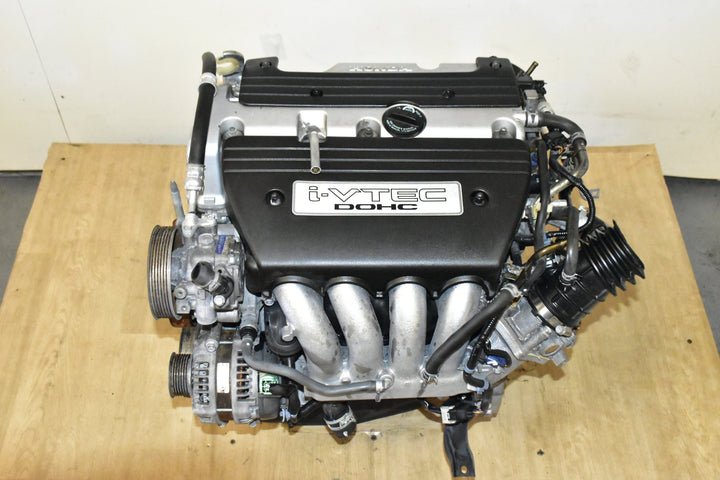
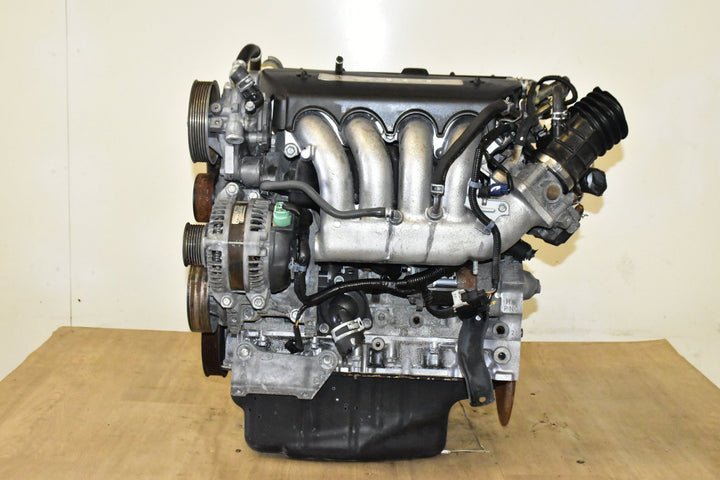
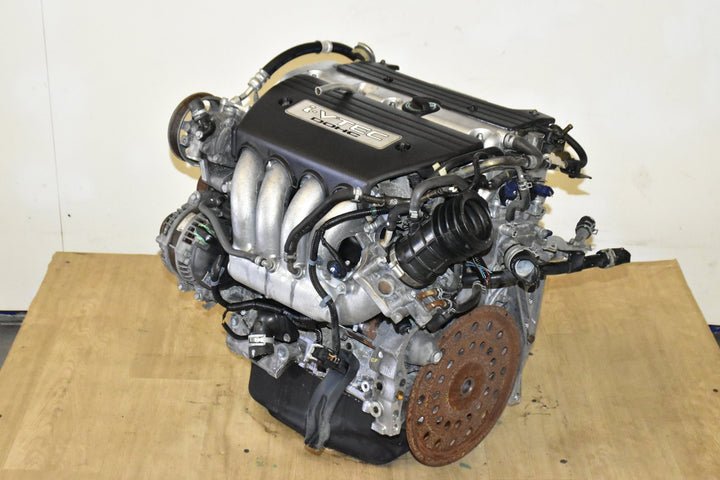
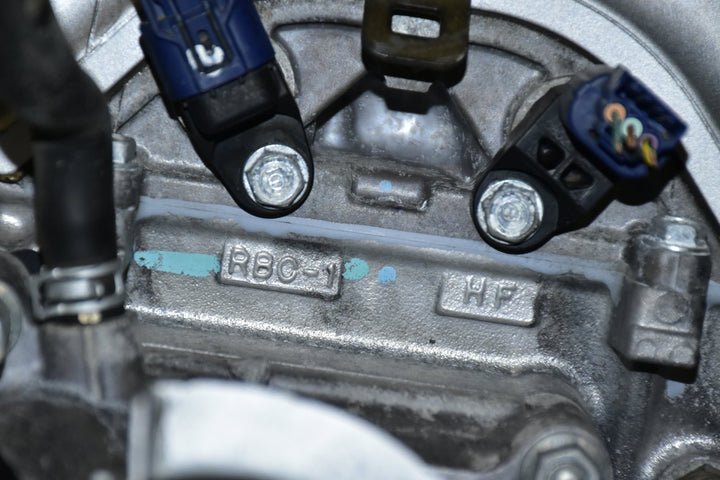
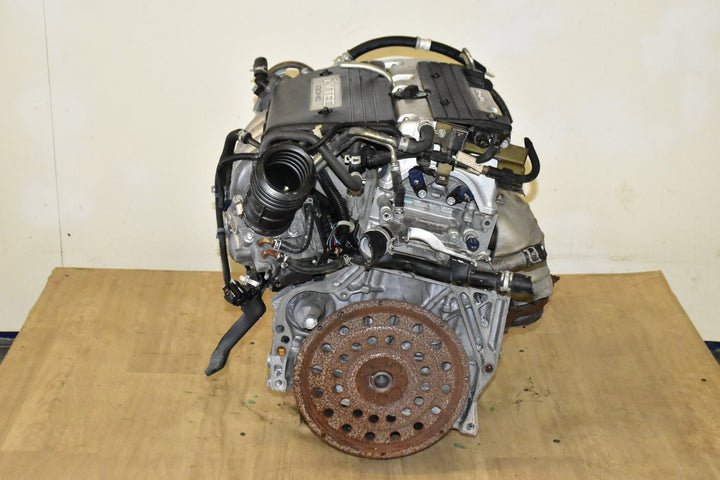
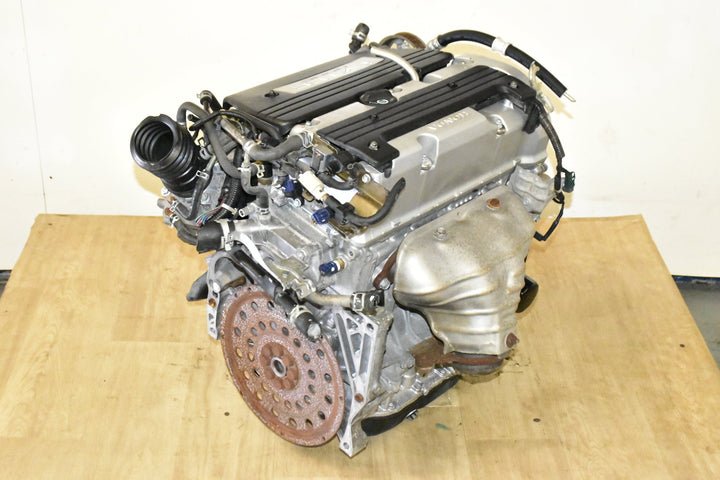
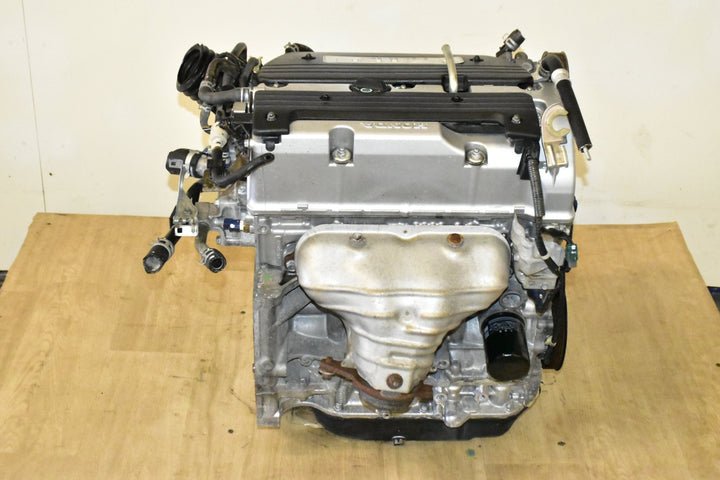
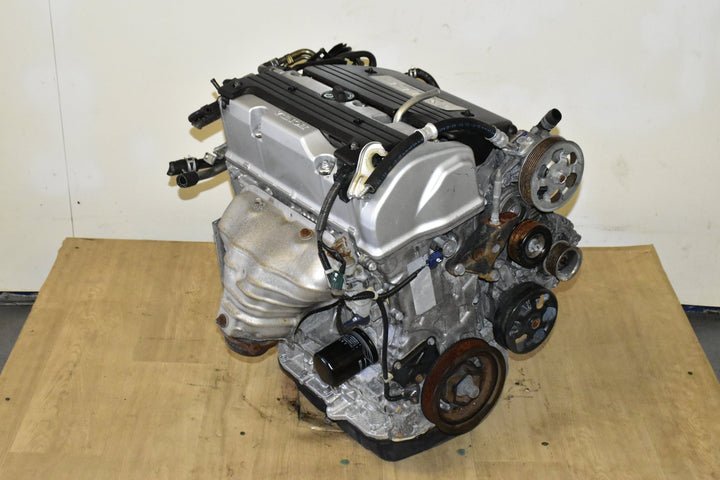

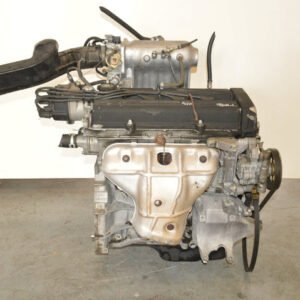
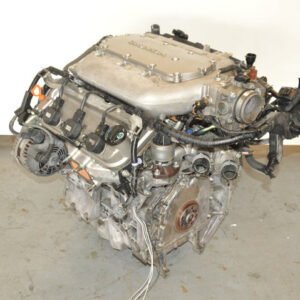
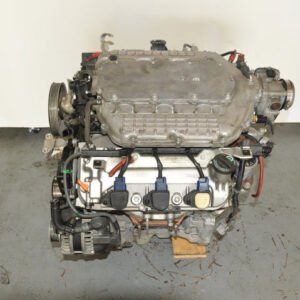
Reviews
There are no reviews yet.